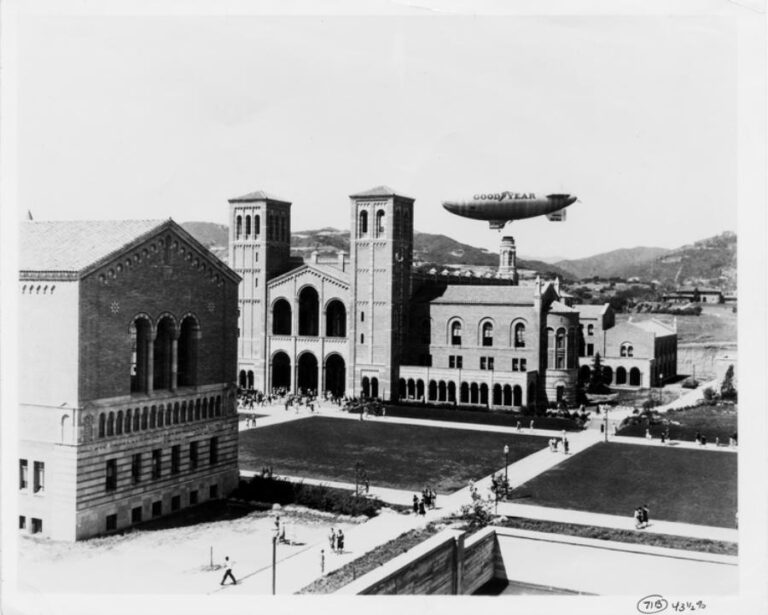NY Times Debate on Aging Professoriate
 The New York Times website today features a debate among various academics about the problem (some don’t think it is one) of professors who don’t retire. One participant calls for reinstatement of mandatory retirement. (Mandatory retirement for faculty was ended under federal law in the 1980s.) None of the participants notes that under a defined-benefit (DB) pension, such as we have at UC, there is a strong incentive to retire. Long-service employees under DB pensions lose one year of pension for each year they don’t retire. You can end up working for nothing if you stay. Universities that have defined-contribution (DC) plans such as TIAA-CREF do not have a built-in incentive to retire. While it is unlikely that we will see a change in federal law bringing back mandatory retirement for faculty, perhaps we should have mandatory education for Regents about the behavioral effects of DB vs. DC pensions as they consider various two-tier plans in the near future.
The New York Times website today features a debate among various academics about the problem (some don’t think it is one) of professors who don’t retire. One participant calls for reinstatement of mandatory retirement. (Mandatory retirement for faculty was ended under federal law in the 1980s.) None of the participants notes that under a defined-benefit (DB) pension, such as we have at UC, there is a strong incentive to retire. Long-service employees under DB pensions lose one year of pension for each year they don’t retire. You can end up working for nothing if you stay. Universities that have defined-contribution (DC) plans such as TIAA-CREF do not have a built-in incentive to retire. While it is unlikely that we will see a change in federal law bringing back mandatory retirement for faculty, perhaps we should have mandatory education for Regents about the behavioral effects of DB vs. DC pensions as they consider various two-tier plans in the near future.
The NY Times discussion is at http://www.nytimes.com/roomfordebate/2010/08/15/aging-professors-who-wont-retire?hp
PS: Pet peeve. The intro to the article contains the following statement:
“While professors of any age despair at the limited opportunities for their students, do they see themselves as influencing this tight market?”
In fact, as any labor economist could point out, the proper terminology to characterize the labor market nowadays for academics (and everyone else) is loose, not tight. A tight labor market is one characterized by high demand and even labor shortages. A loose labor market is characterized by low demand and surplus job seekers. To keep this terminology straight, take a look at the most widely read item I ever wrote – reproduced from a page of a textbook I also wrote at:

